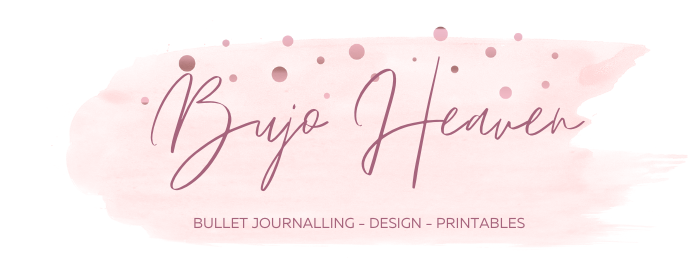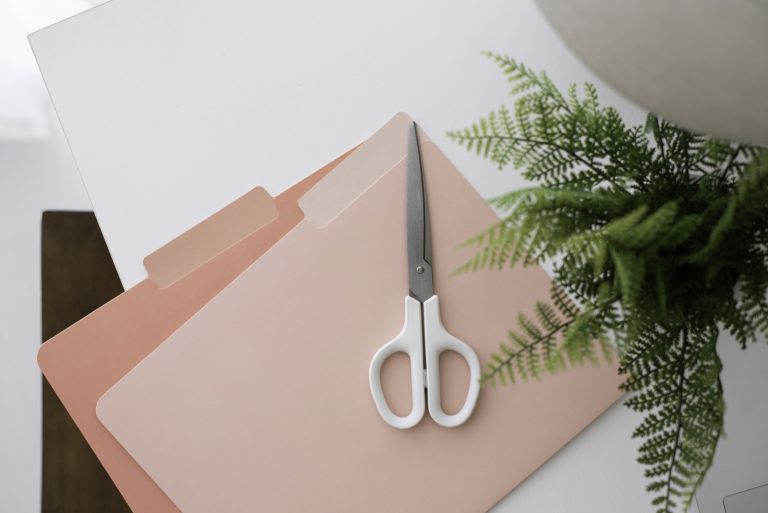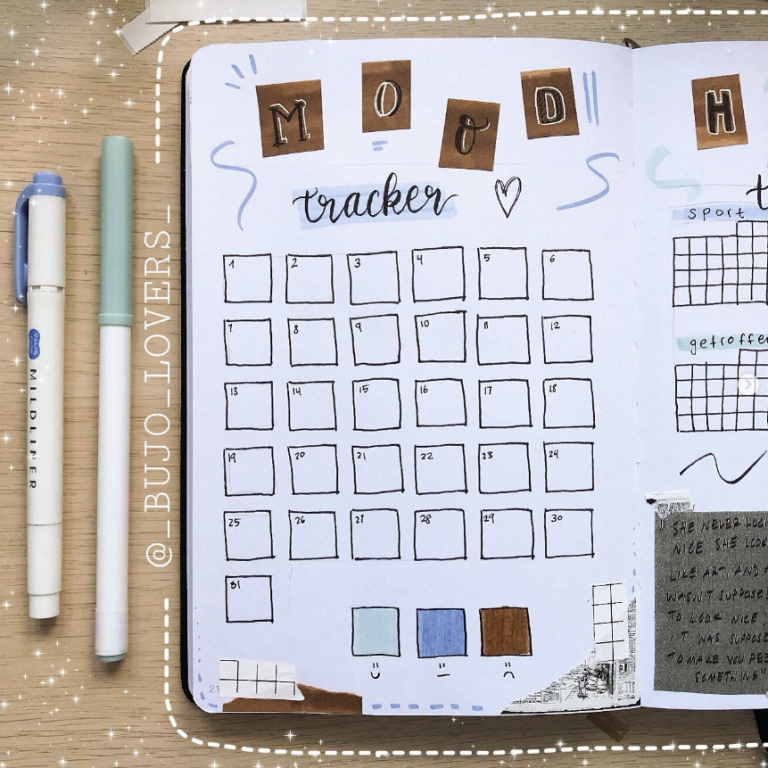Bullet Journal organisation is one of the key stumbling blocks when starting up a bujo. It can be overwhelming to decide what to write and where.
Read my personal account of Bullet Journal Organisation and how I set up my Bujo using a combination of Ryder Carroll’s tips and my own ideas.
After all, remember there are no hard and fast rules – it’s your notebook!
Firstly, What is a Bullet Journal?
A Bullet Journal is basically an organiser, planner, diary and whatever else you want it to be – there are no set rules.
If you are completely new to the term then I highly recommend checking out Ryder Carroll’s website which will give you all the information you need.
There are also a TON of resources and websites out there to give you ideas. But to give you an idea of how it clicked for me, can you relate to any of the following?
Do you have piles of to do lists scribbled onto papers, notebooks, and phone apps so that you never really know where the information you need is?
Do you feel like your life is one giant to do list and you never actually have time for the things you enjoy?
Have you ever bought / been gifted a beautiful notebook that you subsequently never use because you don’t want to “spoil” it with unorganised lists or no real purpose?
And ( to a lesser extent) do you buy packs of rainbow coloured pens, stickers and other assorted stationery because you like them but then realise you have no purpose for them?
How do you organise the Bullet Journal?
Bullet journal organisation can be a “how long is a piece of string” type question.
The basic premise of a Bullet Journal is it is “an analog solution for a digital world” and that’s one of the things I love about it. It gives me time to put pen to paper in a purposeful way, rather than just scribbling down a to-do list on a scrap of paper.
You can use fancy pens, a beautiful notebook and stickers, or you can just keep it simple and basic. I do a combination of the two. There are some seriously beautiful bu-jos out there and I know a lot of people find it therapeutic – and a great no screen time activity.
Personally I don’t have the time or the artistic skill so although I do decorate my pages with different colours and stickers, I don’t beat myself up about crossing out a mistake or jotting something down in a rush.
What do you put in a Bullet Journal?
There is a basis premise that constitutes the Bullet Journal method, and you can read about it in much more detail over on the official site or in the Bullet Journal book.
Without going into too much detail, the basic system gives you the space to track everything in your daily to do list, log future tasks in a future log (a yearly overview) and schedule tasks into a monthly or weekly schedule. In the book, Ryder also encourages you to eliminate unproductive tasks from your to do lists by crossing them out altogether.
This was a bit of a lightbulb moment for me – after all who doesn’t like crossing off a dreaded task as “done” rather than “I never got round to doing this.”
However, much like decluttering unwanted items from your home, I realised that this is the same principle for your time. Obviously there are some dreaded tasks that absolutely need to be done – so I’m not saying eliminate booking your Dental appointment or completing an assignment – but consider for each To Do on your list:
How important it is to get done,
How much you actually WANT to do it,
What is the worst that will happen if you never do it?
If the answer to all 3 is “Not much”, then consider decluttering it from your time and devoting that time to what you really want to do instead.
What do the pages look like in a Bullet Journal?
This is the real genius behind it, as it can take whatever form you wish rather than being constricted to the layout of a traditional organiser or diary. You can draw up your formats however you wish and add in pages for just about anything. For example, you might have your daily tracker for a particular day and then on the very next page you could write a list of all the books and films you want to watch in the next few months.
I have a monthly spread (see below), where I divide up personal appointments, work schedule, household and a to-do list for the month.
I then break this down in to a weekly schedule but having recently read The Bullet Journal Method, I think I am going to go to a daily page rather than a weekly one as I’m running out of space as you can see. However I do like having an overview of the whole week. But it’s your notebook, your rules – you can adapt it to suit whatever works for you.
Other pages I use
- Side Hustle income tracker
- Monthly Budget
- Monthly to buy list split into personal, things for daughter, things for the household and misc.
- TV, Films & Books Watchlist (I write down what I want to watch/read then tick off)
- Blog post monthly schedule
Pinterest is literally bursting with ideas and examples for anything and everything you can use it for! Another great idea to really make it your own is to personalise with your own graphics. If you’re no artist, no problem as graphics files are an easy way to get a professional look.
Graphics files aren’t just for lettering, for example animal lovers will love this dog svg collection.
How I use my bullet journal organisation to track my long term goals
I think of a long term goal and then break down into monthly, weekly and daily actions (trust me, it’s not as laborious as that sounds!). Once I have that down on paper I can transfer it to the spreads in my bullet journal.
Example long term goal: Pay off credit card in 9 months.
Monthly goal: Make at least £300 in side hustles every month. I write down my monthly goals at the start of each month.
Weekly goal: Becomes a “to-do” list in my Bullet Journal weekly spread, e.g. List 20 things on Ebay. 1 hour matched betting on Saturday, etc.
Daily Habit Tracker: Some people like to track their daily actions for all their goals with a tracker. You’ll notice on my example there are negative and positive ones so I can keep track of when I’m doing something I shouldn’t be!
I also love to keep track of my side hustle income in my bullet journal. Some people draw a grid and colour in a square for every £10 (or a figure of your own) earnt which can be a very visually motivating sight.
Do you have a Bullet Journal or are you thinking of trying one out? Let me know in the comments!






